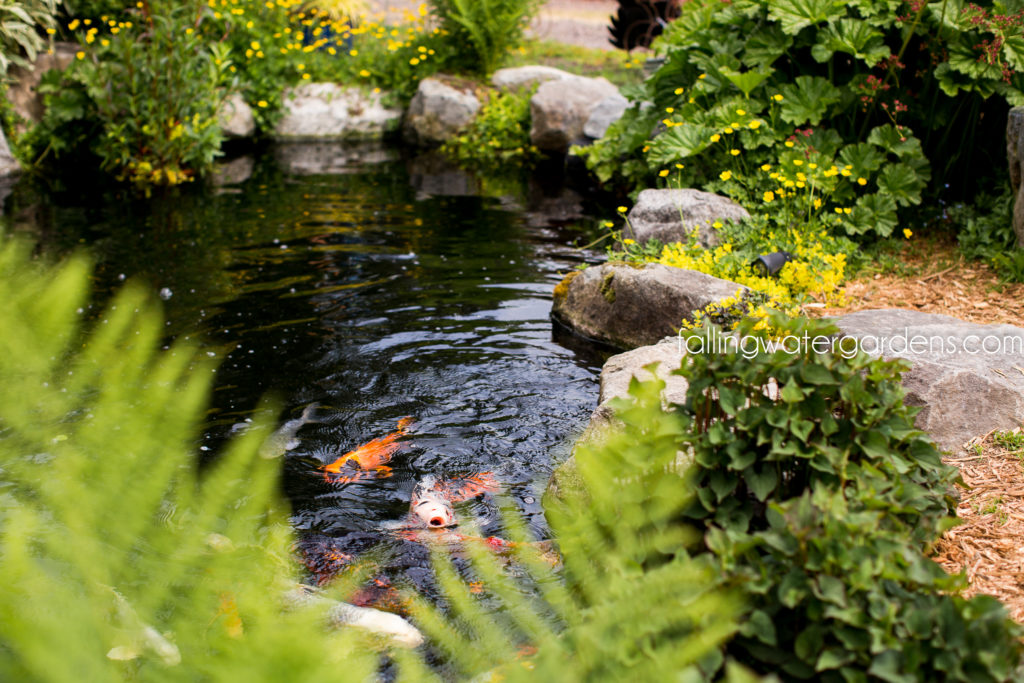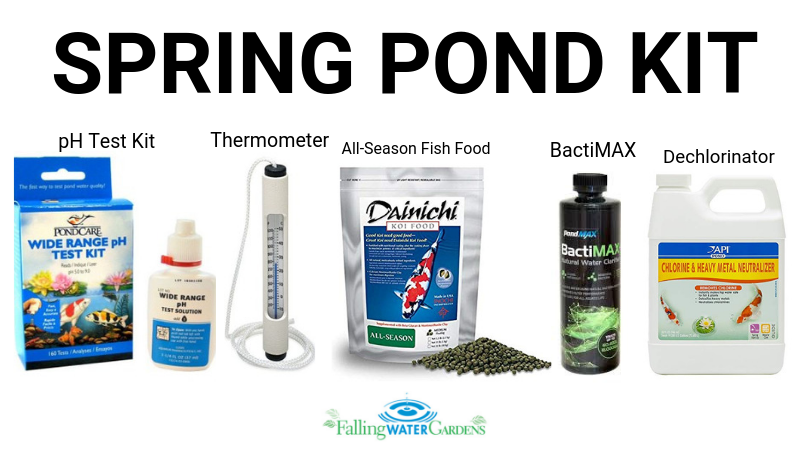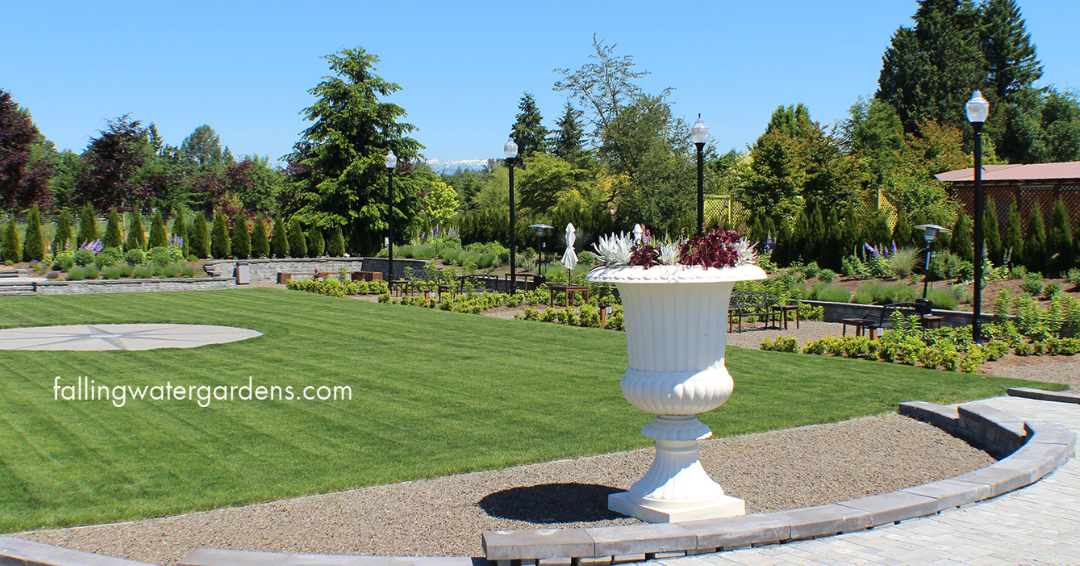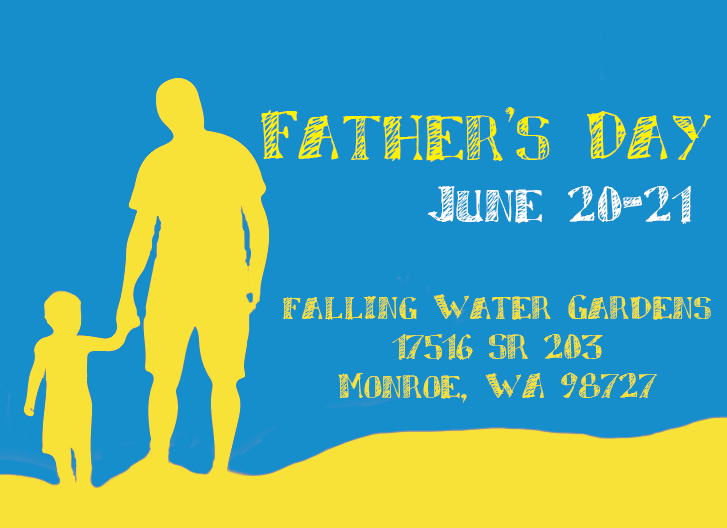HOW-TO
Spring Pond Maintenance Made Simple
 Spring is here and it’s time to start thinking about preparing the pond for warmer weather. The maintenance you do right now will make a big difference in the way your pond looks in May and June.
Spring is here and it’s time to start thinking about preparing the pond for warmer weather. The maintenance you do right now will make a big difference in the way your pond looks in May and June.
- Remove leaves and debris from ponds. The winter months have most likely blown quite a bit of it into the water.
- Inspect your pond. Take a careful look. Make sure there has been no winter damage to the pond or any of the components. Repair or replace as necessary.
- Start your pump. If your pump has been off for the winter, spring is the time to start it back up. It is safe to turn back on when the water temperature reaches about 50°F.
- Begin testing your pond water. Ammonia and nitrite levels are extremely important to inspect. Both of these should be zero. Perform partial water changes if either test gives a reading other than zero.
- Warm weather means your fish will soon be ready to start eating again. Until the water temperature is consistently above 50 degrees, continue to refrain from feeding the fish. Once the water temperature is into the 50°F’s, you will want to feed a food designed for spring and fall (we recommend Dainichi’s All-Season fish food. We have it available for purchase at Falling Water Gardens). You can switch to a high-protein fish food when the water temperature gets to be 60°F and above. We recommend Dainichi’s Growth-Plus fish food.

- Fertilize hardy aquatic plants. When the water temperature reaches 50°F, it is time to get hardy plants that survived the winter ready for a great year ahead. Also, it may be necessary to divide some of these plants for maximum performance. If the plants are too crowded in their pots, they will suffer and their growth and flowering potential limited.
- UV STERILIZER OWNERS: it is imperative that you unplug your UV sterilizer during the time you are trying to seed the filter.
- The UV kills both algae and bacteria. At this time, we are trying to grow beneficial bacteria in our filter. We can plug the UV sterilizer back in when the bacteria is growing in the filter.
- A common cause of filter problems is the desire to over-clean the biological filter. Bacteria grows in a microscopically thin film. When we blast the filter with water from our tap, we blow all the bacteria off the filter and instantly kill bacteria with the chlorine that’s in the tap water.
- If that’s the case, then the filter has to be re-seeded for another three weeks.
- If you need to clean your filter during the season, just lightly clean the filter with pond water.
- Check your skimmer. It could get clogged as algae begins to grow. Click here to learn how to clean your skimmer.
 Add beneficial bacteria. Unplug your UV and add the beneficial bacteria. We recommend three doses over the next three weeks. During those three weeks, you should be feeding your fish sparingly, otherwise you could have problems with ammonia. You can plug the UV back in after the three weeks.
Add beneficial bacteria. Unplug your UV and add the beneficial bacteria. We recommend three doses over the next three weeks. During those three weeks, you should be feeding your fish sparingly, otherwise you could have problems with ammonia. You can plug the UV back in after the three weeks.
- Beneficial pond bacteria are responsible for maintaining crystal clear healthy water. They break down organic waste – in the form of sludge, and they also break down ammonia – from fish waste.
- Ammonia Levels. What are the signs of high ammonia? Fish gasping for air at the surface and acting irregularly.
- How do we test for high ammonia? We have ammonia test kits available for purchase at Falling Water Gardens.
- What do we do when we have a high ammonia situation?
- Immediately change 1/3rd to ½ of the water in the pond to dilute the ammonia. When you do this drastic of a water change, you must add de-chlorinator to the water or you will burn the gills of your fish causing irreparable damage. That’s why you should always have a bottle of de-chlorinator on the shelf for emergencies.
- Stop feeding your fish immediately until you can rectify the ammonia situation. Feeding your fish means more fish waste, which adds to the ammonia problem.
- Figure out if your filter is dirty or if it wasn’t seeded properly in the spring.
- Add a filter if you don’t have one. Falling Water Gardens sells many high quality bead & biological filters.
- Cull out the least desirable fish in your pond to get the stocking level to one the pond can support.
- Read more about ammonia in the pond here.
 Replace your UV bulb. If you have a UV filter that is used throughout the entire year, you will need to get a replacement bulb every year. If you turn your UV off each winter, then you should be able to get two seasons out of it. Please note: if your water is not running clear, then it is time to replace your bulb. Many people make the mistake of thinking that their UV is effective just because it turns on. The UV bulb should be replaced every 1-2 years.
Replace your UV bulb. If you have a UV filter that is used throughout the entire year, you will need to get a replacement bulb every year. If you turn your UV off each winter, then you should be able to get two seasons out of it. Please note: if your water is not running clear, then it is time to replace your bulb. Many people make the mistake of thinking that their UV is effective just because it turns on. The UV bulb should be replaced every 1-2 years.
- Losing fish in the Spring. Sadly, it is quite common to lose fish in the Spring. When the water temperature is 45°F and below, the bugs that threaten the fish are dormant, along with the immune system of the fish. When the temperature increases to be 45°F-55°F, the bugs become active. As the fish come out of “hibernation”, they don’t produce enough energy to fight off the bugs and their immune systems are weak. If you notice any of your fish acting poorly, we recommend putting the fish in a quarantine tank or sick tank. Warm up the water in the tank. Warmer water temperatures will help boost the metabolism and immune system of the fish. Also keep in mind that medicine is more effective in warmer water.
By taking these relatively simple steps you can insure your ponds health well through the year!

Set yourself up for success with the SPRING POND KIT! Available at Falling Water Gardens.
Looking for a similar topic? Visit our Seasonal Info page.
Take a look at these educational videos:
Send us an email if you have more questions about your pond: info@FallingWaterDesigns.com.
Please note that we’ve updated our newsletter format. You may navigate through this newsletter by clicking on the page numbers below.



